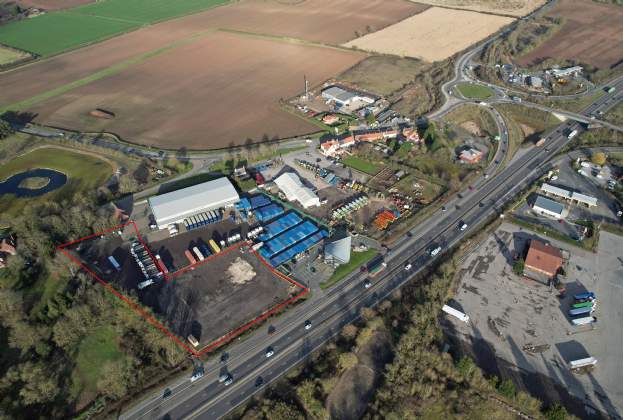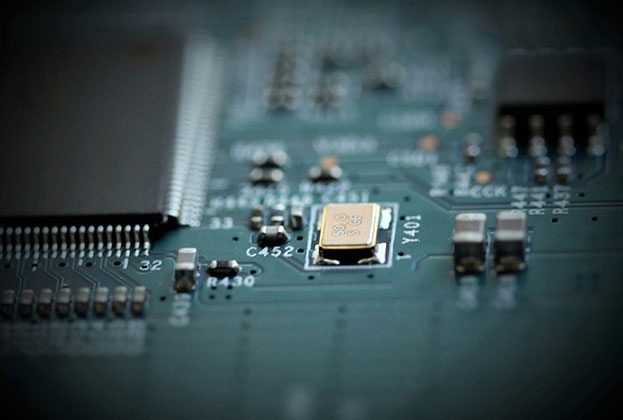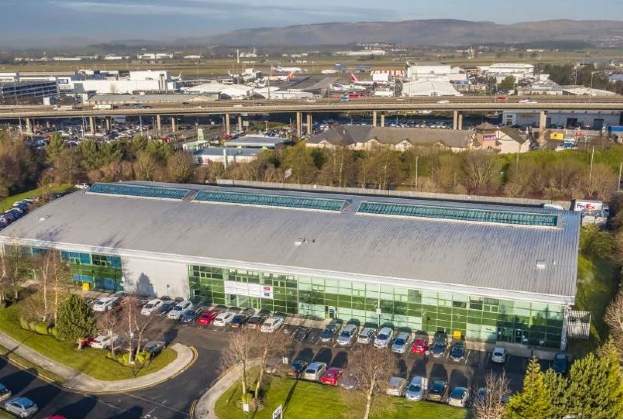Shifting consumer behaviour has accelerated many changes when it comes to global logistics, exacerbated further by the Covid-19 pandemic. This has tested supply chains to the limits. Everything from feeding the nation to providing essential services, and not forgetting a huge uptick in online retail, has led to a rise in demand for warehouse space. Consequently, a need for increased efficiency and technology has been critical.
The rapid speed of technological advances started as far back as the 19th century with the invention of the forklift truck. Fast forward to the 1950s and the barcode revolutionised warehouse automation though the inhibitive costs meant it wasn’t widespread until the early 1990s. Now, it is considered fundamental, offering automatic product identification and recognition allowing for efficiencies in both storing and shipping products.
The rise of next-day delivery saw even further pressure placed on supply chains. Managers are currently focusing on the productivity of their distribution networks, while simultaneously taking care of environmental factors, shrinking labour availability, revenue growth and margin improvement.
With this in mind, full warehouse automation has been dubbed the ‘holy grail’ when it comes to maximum efficiency. Far outweighing past innovation, this has led to the creation of mega distribution hubs. These huge units contain an array of warehouse storage systems from drive-in racking and cantilever racking to autonomous multi-tiered shelving. All these systems maximise floor space to allow for larger stock quantities and optimum stock rotations.
More recently, automated systems are even carrying out day-to-day tasks. An example of this is Amazon’s Kiva robots that work to pick-up, rotate and store items.
Robots aside, the Internet of Things (IoT), data analytics and digital twins have also helped to transform the sector. Generating a bridge between the physical and the virtual has created smart warehouse solutions and management systems.
For instance, a digital twin means accurately recreating any warehouse in 3D down to the positioning of stock and the number of shelving units. Allowing for simulation, visualisation and emulation, this can contribute to the enhanced optimisation of the space.
Looking ahead, technology is now also beginning to transform how goods are distributed, potentially impacting operators locational decisions. This includes everything from vehicle automation, high-speed Hyperloop capsule delivery to drones, most of which are not yet widely operational.
While this is all great in theory, the reality is that in order to run these types of warehouse operations schemes will need a significant amount of power from the National Grid, something that is becoming increasingly hard to procure.
Equally the skill set of workers will need to change, as engineers and data scientists will be required to run these systems. Consequently, there has been a surge of interest from both occupiers and developers looking for existing buildings and future development sites that have access to both a diverse labour pool and large amounts of power.
In short, technology has utterly transformed the warehouse as we know it. As with the forklift truck almost 200 years ago, it’s likely that robots and flying vehicles will one day be the norm. By overcoming these obstacles, we’ll undoubtedly see a whole new wave of advancements beyond the realms of our current imagination.
Further information
Read more: Spotlight: Big Shed Briefing



.jpg)
.jpg)

.jpg)

.jpg)

.jpg)